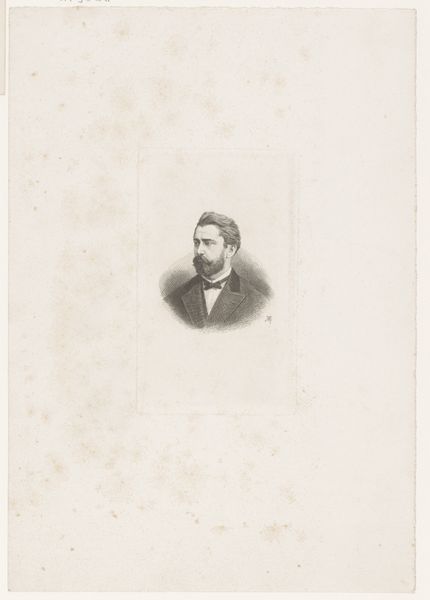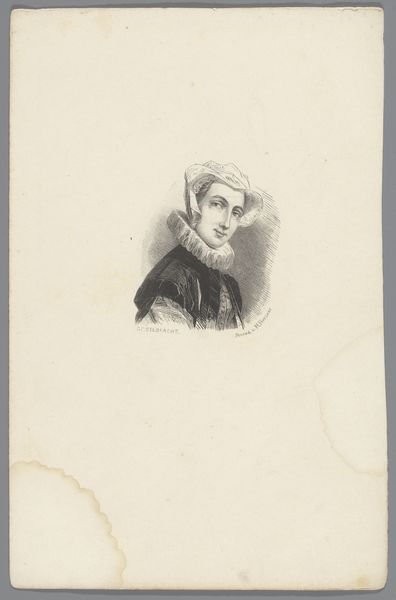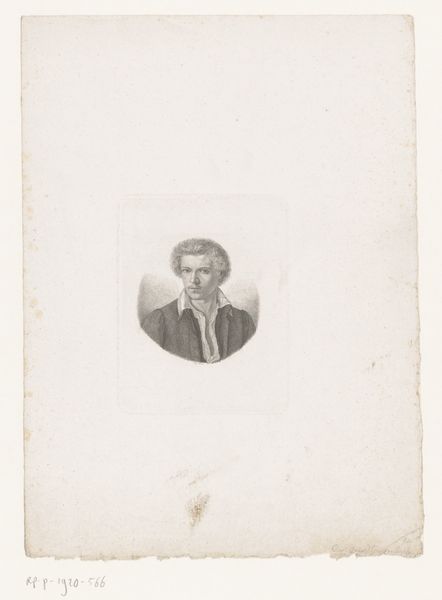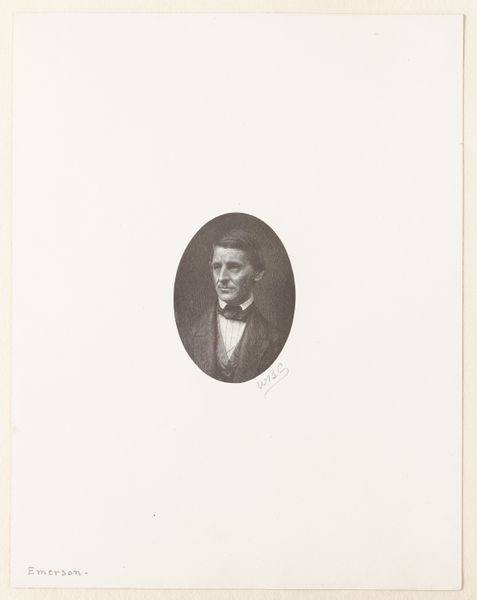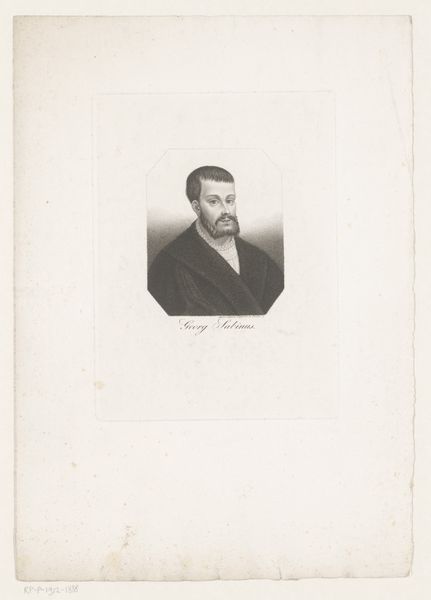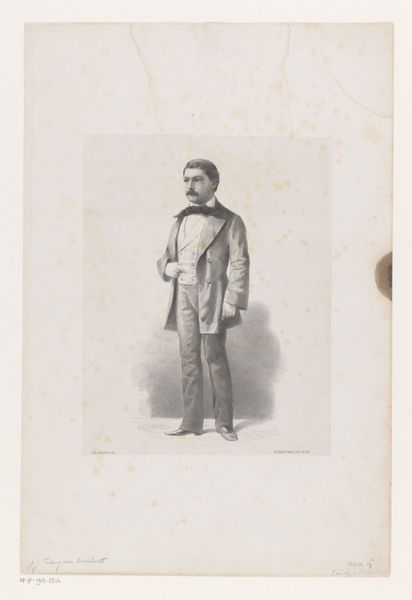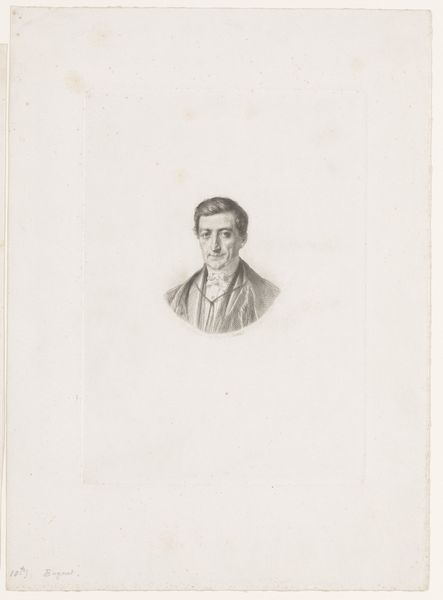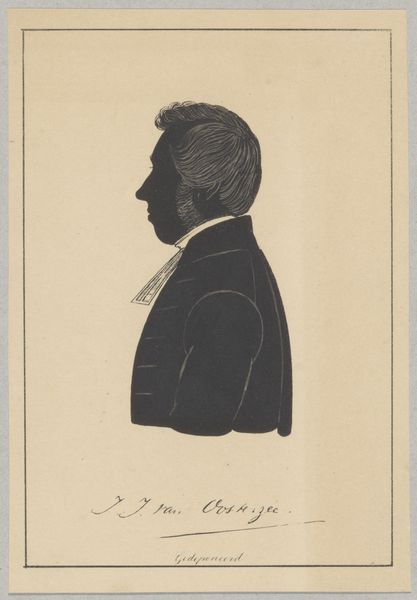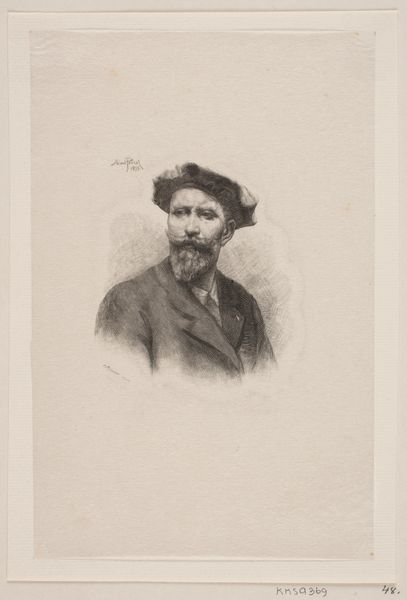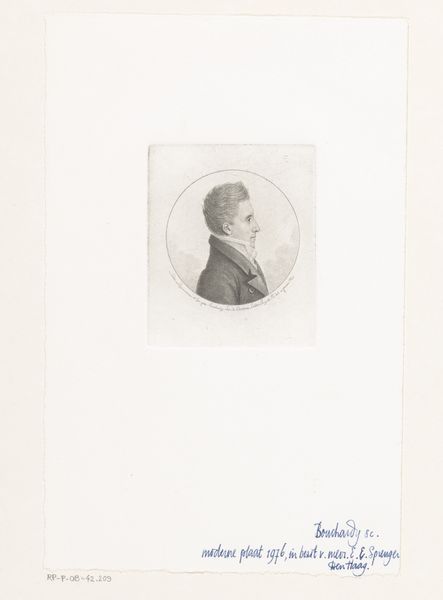
#
portrait
#
pencil drawn
#
imaginative character sketch
#
light pencil work
# print
#
pencil sketch
#
personal sketchbook
#
ink colored
#
mexican-muralism
#
sketchbook drawing
#
pencil work
#
remaining negative space
#
sketchbook art
Dimensions: 3 1/16 × 2 3/8 in. (7.78 × 6.03 cm) (image)7 5/16 × 5 7/16 in. (18.57 × 13.81 cm) (sheet)
Copyright: No Copyright - United States
Editor: Here we have José Guadalupe Posada’s "Retrato," a print from 1942. It feels like a character study, or maybe even a caricature, with all the detail packed into the face. How do you interpret this work, especially given its historical context? Curator: This "Retrato" invites us to consider the power dynamics inherent in representation itself. Posada worked extensively during a tumultuous period in Mexican history. While best known for his calaveras, or skull imagery, related to the Day of the Dead, this portrait seems to grapple with different themes. Editor: Different how? I suppose it feels much more grounded and straightforward compared to the skeleton imagery I usually see associated with Posada. Curator: The stark contrast in styles between this and his other works suggests the limitations imposed on artists during politically charged times. Does this piece feel like resistance, compliance, or perhaps a complex negotiation between the two? Think about his role as an artist, especially one commenting on power. Who gets to be portrayed, and how? Whose gaze is privileged here? Editor: That's a good point. I hadn’t considered the role of portraiture as inherently political. It makes me wonder about the subject himself. Was this commissioned or was this his own commentary on an individual? Curator: Exactly! Exploring those questions unravels layers of meaning. Who does this portrait serve, and how does it reinforce or subvert existing hierarchies? Does the artistic intention still get lost in the image that we observe? Editor: I’m now considering art's responsibility in addressing social inequality. Thanks for that, it has been an interesting change of perspective for me! Curator: It challenges us to view art as a site of cultural critique and social change.
Comments
No comments
Be the first to comment and join the conversation on the ultimate creative platform.

